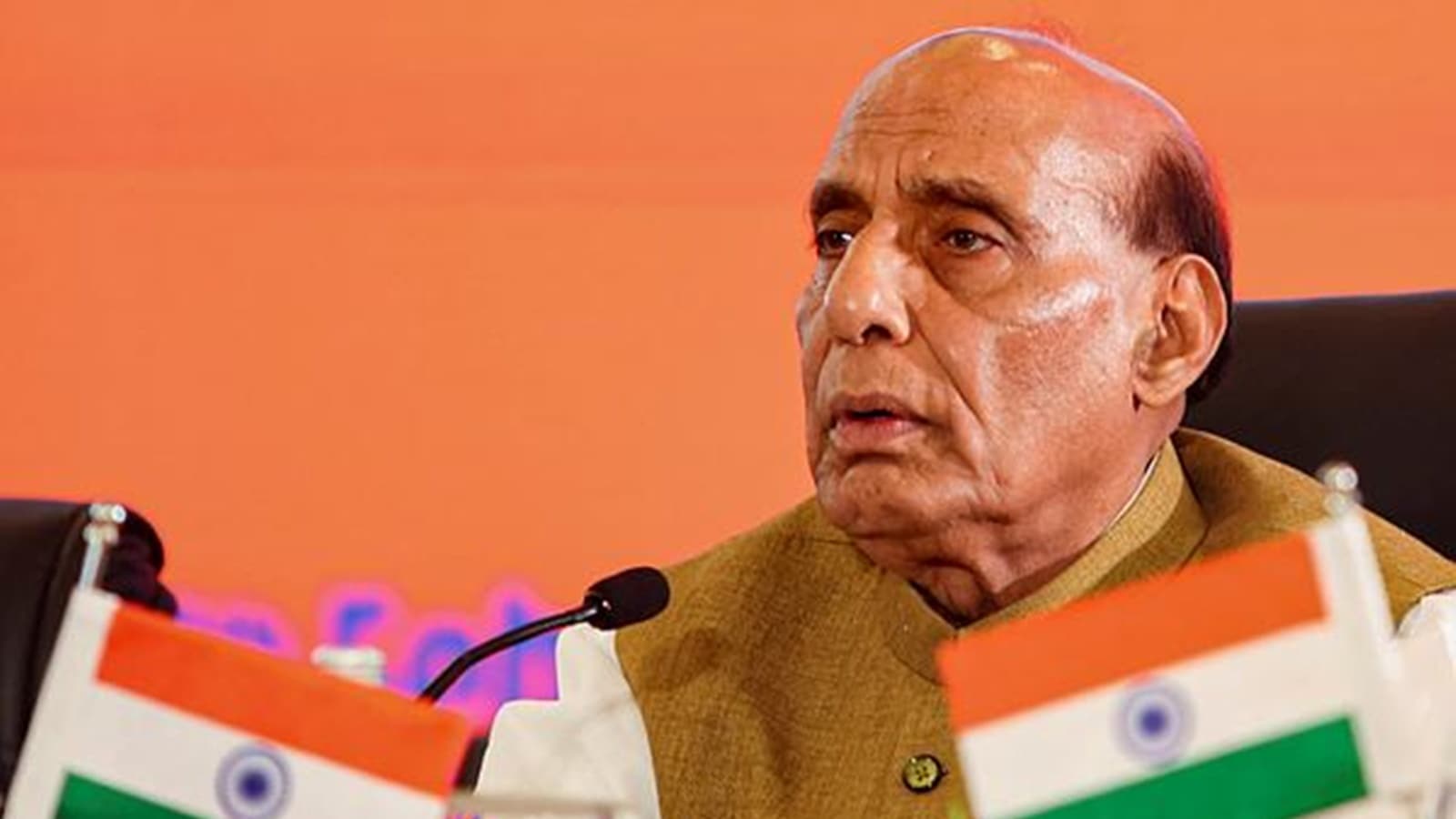 |
|
Defense Minister Rajnath Singh's address at Karnataka's Global Investors Meet paints a compelling picture of India's evolving investment landscape. His assertion that the era of 'red-tapism' is over and that India now 'rolls out the red carpet' for investors is a bold claim, one that requires closer examination. While the claim itself might be an oversimplification of a complex reality, it reflects the government's concerted effort to streamline processes and foster a more investor-friendly environment. This shift in approach is not merely a matter of rhetoric; it's backed by tangible policy changes, including the adoption of a single-window clearance system, designed to significantly reduce bureaucratic hurdles and expedite approvals. This is a crucial step towards attracting foreign direct investment (FDI) and bolstering economic growth.
The emphasis on 'cross-political party consensus' is equally significant. Singh's assertion underscores the importance of policy stability and predictability for investors. The uncertainty associated with frequent changes in government and conflicting policy directives can deter long-term investment. A broad consensus across the political spectrum on the importance of economic development and a market-led economy sends a powerful message of stability to potential investors. This reduces the perceived risk, making India a more attractive investment destination. The fact that the central and state governments are working collaboratively exemplifies a mature approach to economic governance, indicating a willingness to foster a conducive environment for private sector growth. This cooperative federalism fosters a unified approach to attracting investment, leveraging the unique strengths of different states to create a cohesive national economic strategy.
Bengaluru serves as a compelling case study for India's investment potential. Already established as a leading hub for IT and software, its emergence as a center for artificial intelligence further solidifies its position as a globally competitive technology cluster. This highlights the dynamism of the Indian economy and its capacity for innovation. The city's success is not accidental; it's a testament to the confluence of factors, including a skilled workforce, robust infrastructure, and a supportive government policy environment. The minister's call for investment in Karnataka, and by extension, in India as a whole, is well-founded, given the demonstrated success of the state's IT sector and its potential for growth in emerging technologies. The sustained success and enduring growth that Singh mentions are not mere slogans but reflect the objective reality of the Indian economy's steady expansion.
However, it's crucial to acknowledge that challenges remain. While India has made significant strides in improving its investment climate, bureaucratic inefficiencies and regulatory hurdles still exist in certain sectors. The ease of doing business in India, while improving, still lags behind some other countries. Furthermore, concerns about infrastructure development, especially in less developed regions, persist. Addressing these persistent issues is essential to fully unlock India's economic potential and ensure inclusive growth. The government's commitment to sustainable economic development, driven by the private sector, offers a positive outlook, but consistent efforts are needed to overcome existing challenges and maintain the momentum of reforms.
The future of investment in India hinges on the government's continued commitment to policy reforms, infrastructure development, and maintaining a stable and predictable regulatory environment. The success in attracting foreign investment will depend not only on the government's policies but also on the effective implementation of those policies and a continued focus on addressing concerns raised by investors. The confidence expressed by Singh underscores a positive trajectory, but the challenge lies in sustaining this positive momentum and ensuring that India can consistently meet the expectations of global investors in the long term. The success stories like Bengaluru's technology hub need to be replicated across different sectors and regions of India to achieve the desired level of inclusive and sustainable economic development.
